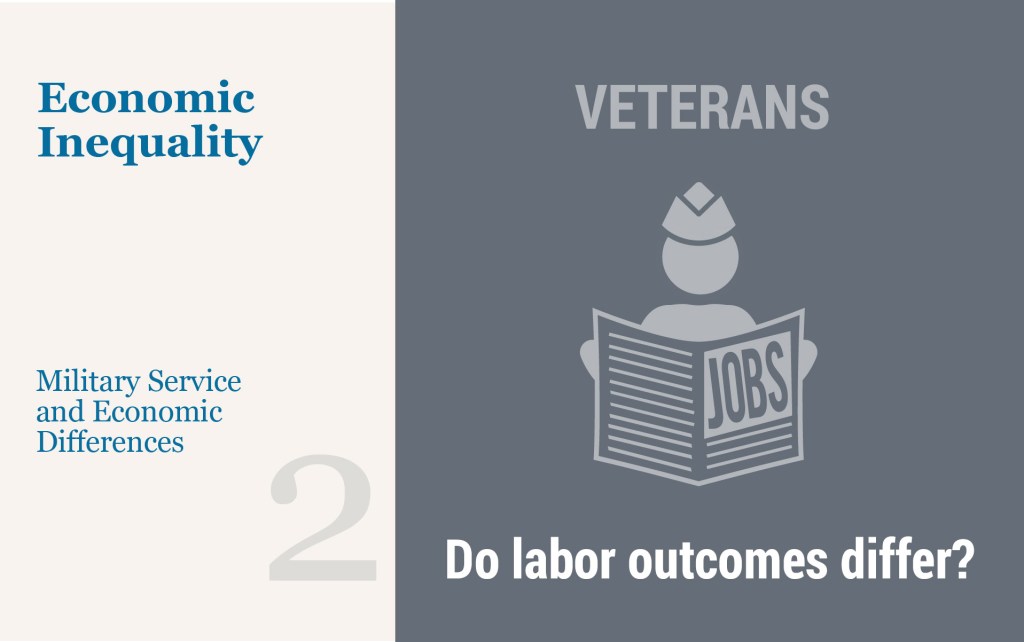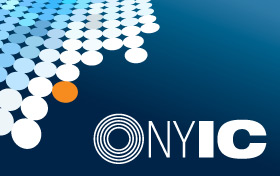The EGIs: Analyzing the Economy Through an Equitable Growth Lens
Rajashri Chakrabarti, Dan Garcia, and Maxim Pinkovskiy

Inflation remains elevated, labor markets are close to the strongest they have been, real consumption is up year-over year, but all of these observations are with respect to averages. Behind these macroeconomic trends can be widely varying experiences across different demographic and socioeconomic groups that make up our society. To provide researchers, practitioners, and the public with timely, regularly updated and comprehensive answers to these questions, we launched the Equitable Growth Indicators (EGIs)—a new tool to help foster the evolving discussion about economic inequality and equitable growth. To illustrate the utility of the EGIs, we provide examples of some striking differences in trends captured in the May release of the EGIs on inflation, real earnings, and real spending. More heterogeneity analysis and data are available at nyfed.org/egi.
Do Veterans Face Disparities in the Labor Market—And What Accounts for Them?
Rajashri Chakrabarti, Dan Garcia, and Maxim Pinkovskiy

We continue our series on military service and consider veterans’ earnings and labor market outcomes. We find that veterans earn more than 12 percent less and are 4 percentage points (18 percent) more likely to be out of the labor force than comparable nonveterans. Interestingly, accounting for veterans’ differences from comparable nonveterans in terms of education and disability status largely explains these labor market differences.










 RSS Feed
RSS Feed Follow Liberty Street Economics
Follow Liberty Street Economics